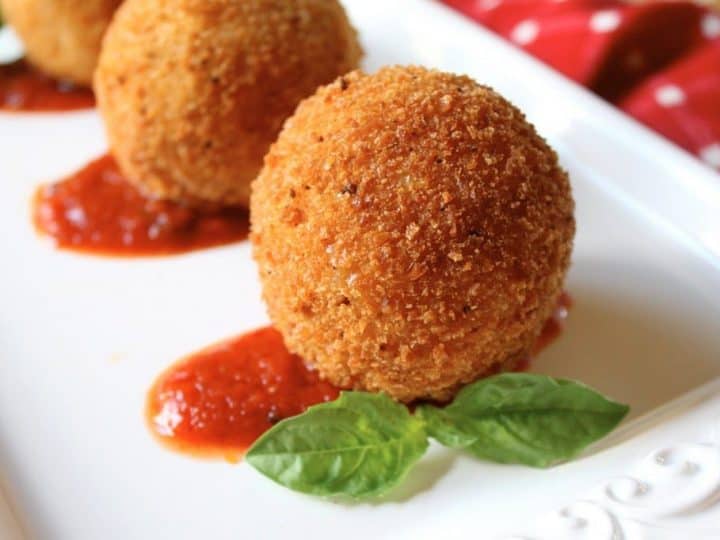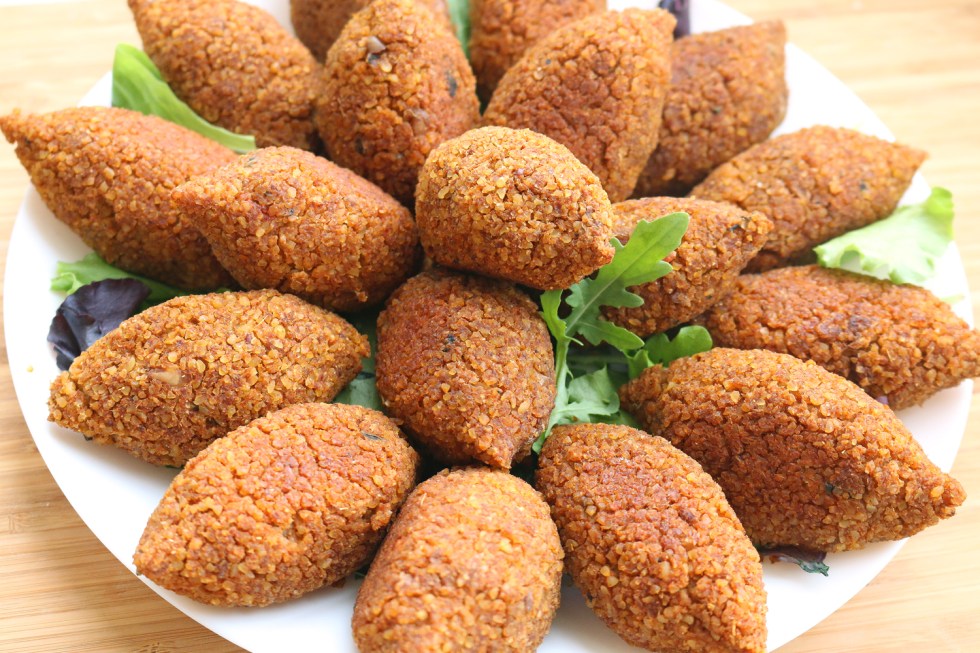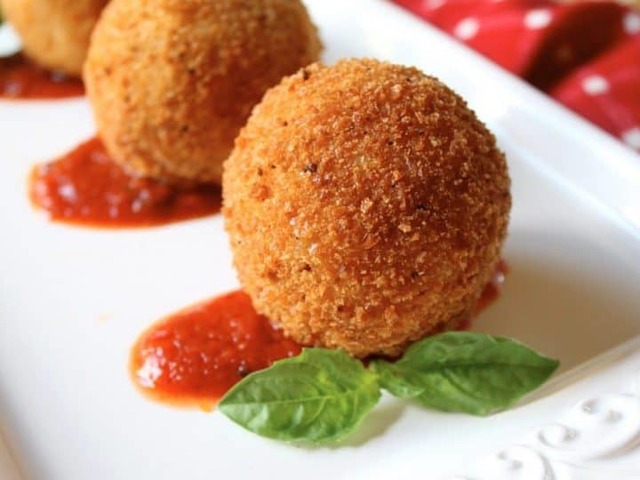Sicily's Arab gastronomic heritage: the ARANCINI
Throughout history, Sicily has had many different inhabitants. There were ethnic groups that left a visible mark on the southern region of Italy, and among them the Arabs unquestionably stand out. The Muslim-Arab conquest of Sicily began in June 827 and lasted until 902, when Taormina, the island’s last large Byzantine fortress, also fell.
In 831, the Arabs successfully occupied Palermo, which became the capital of the newly formed Muslim province. Sicily came under Norman rule in the late 11th century. Nearly two centuries of Muslim-Arab hegemony has had a significant impact on the western and southeastern parts of the island, manifested in architecture, gastronomy, names, and language as well.
The Normans, who conquered the area from the Arabs, used the Sicilian Arabic for everyday life for centuries (and the Maltese language evolved directly from the Sicilian Arabic), which is a good indication of the influence of Arab culture.
Going back to our topic today, arancini (or as they write: arancine), which is extremely popular in Palermo, also has Arabic roots. This breaded stuffed rice ball has been part of traditional southern Italian cuisine for almost a millennium.

Arancini
----------------------------------------
The Arabic equivalent is kubbah (كبة - in the Levantine Arabic dialect kibbeh), which is also a national dish in Iraq, Syria, Lebanon, Palestine, and so on.

Kubbah (Kibbeh)
----------------------------------------
The name arancini is derived from the word arancia, which is the equivalent of orange, referring to the orange-like shape and orange color of the food. Anyway, the word orange was transferred from the Dravidian languages to Sanskrit, then from there to the Persian language, and then from there to Europe with Arabic mediation. Arancini can be filled with many different fillings, such as eggplant, mozzarella, ham, ragout, spinach, and so on. Some people fill it with sweets and consume it as a dessert. It is prepared in various sizes and is also served as a main course and appetizer. Many refer to it as Sicilian rice balls.

----------------------------------------
For more content, visit my facebook page:






